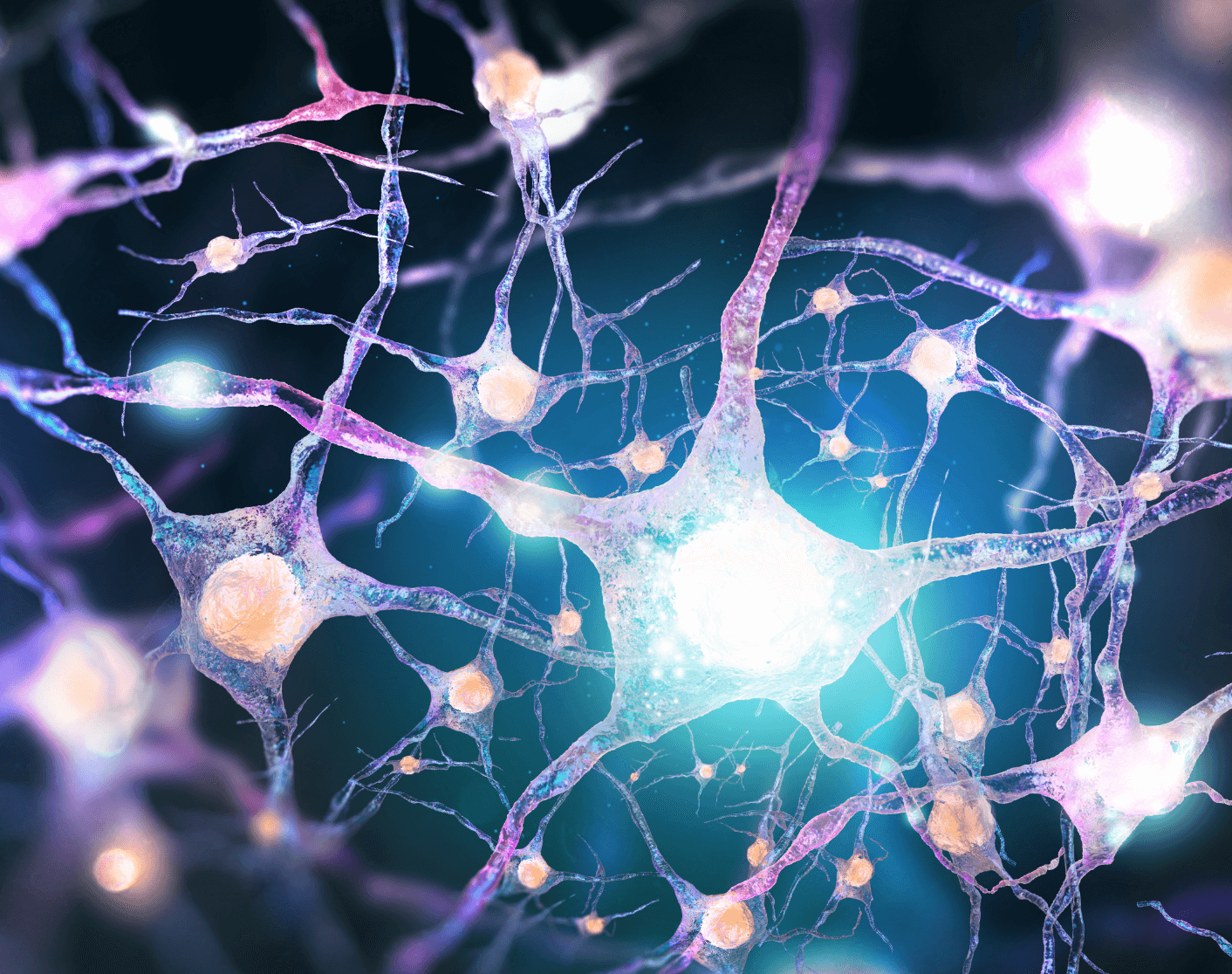Products
Our high-speed CRS
scanning microscope
We are collaborating with MOTIC Medical, a high-volume scanning microscope manufacturer, who is providing world class support to microscope design and component supply.
These units will be capable of use in a clinical or research setting and producing digital images that differentiate diseased and healthy tissue. The system will allow spectroscopic analysis of chemical present in tumours.
Our laser technology
An ultrafast system that produces two synchronised laser beams
The system is easier to use and less bulky than the solid-state lasers used in the currently available Coherent Raman scattering spectroscopy systems. This laser is unique in that it produces two highly synchronised laser beams, enabled by a graphene or carbon-nanotube component. The company holds four patent licences for this laser and has rare access to graphene or carbon-nanotubes production enabling us to operate in this area.
tumours recognition
Automated diagnosis based on AI
Our CRS microscope will enable imaging that is higher resolution and 100x to 100000x faster than Coherent Raman scattering spectroscopy systems and other systems.
The chemical information-dense images will allow the exploitation of AI classifiers for recognition of tumours and other high prevalence diseases, which so far have not been effectively used, even in the most recent digital histopathology systems.
A leading-edge digital imaging approach based on Coherent Raman scattering spectroscopy for identifying molecular signatures that will enable AI based automated diagnosis and personalised medicine.
Exploiting AI
Standardisation of results between all sites
AI classifiers are very specific – they can be robust when trained on a set of slides all produced in the same laboratory. But different labs have variation in tissue processing, stain reagents and methods which all contribute to variability in the final digital image. So, these AI classifiers have to be trained on site – rarely can they be shared between multiple sites – they are LOCAL classifiers. To fully exploit AI there needs to be less variation in the image quality.
Our products generate tissue images suitable for AI classifiers, without the need for tissue staining, enabling multi-site classifiers.
Advanced aI approaches
Chemometric data suitable for deep convolutional neural networks analysis
Stains help indicate, but not identify, the chemical composition of the different regions of the tissue sample. Whereas our system will identify with spatial accuracy the chemical signature of tissues components, like lipids, proteins and DNA at every point across the sample and gives another dimension for AI classification, improving the accuracy of diagnosis. Indeed, the data produced suits advanced AI approaches such as deep convolutional neural networks.
A new scenario
Primary diagnosis based on artificial intelligence is coming
Our products will have the capability to go beyond supporting diagnosis; providing AI-based primary diagnosis for specific high prevalence diseases, with lower variance across sites due to absence of staining.

Statements about future products represent management intentions, but are not to be considered commitments to any specific clinical or non-clinical capability or performance targets.


